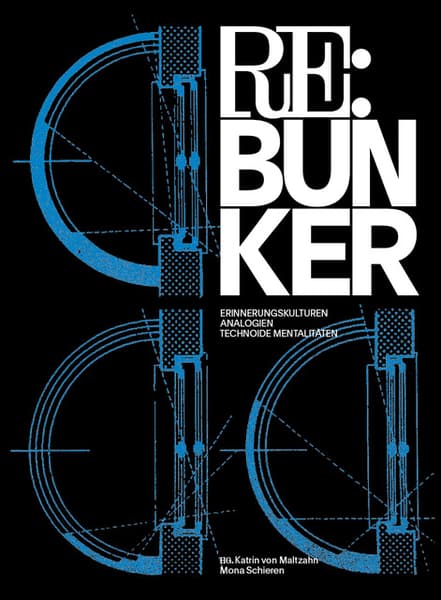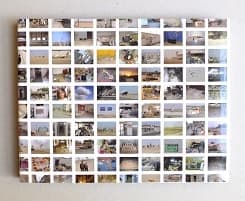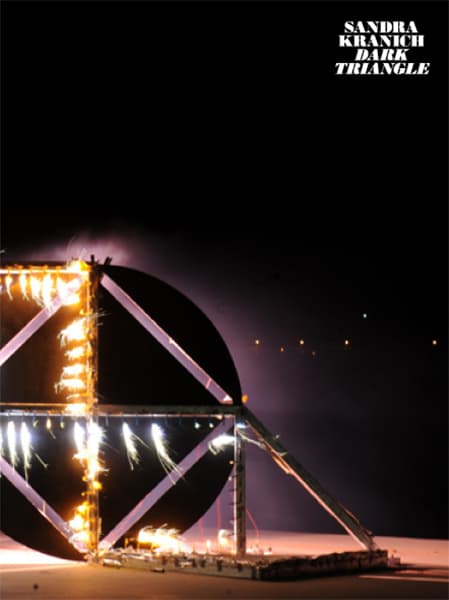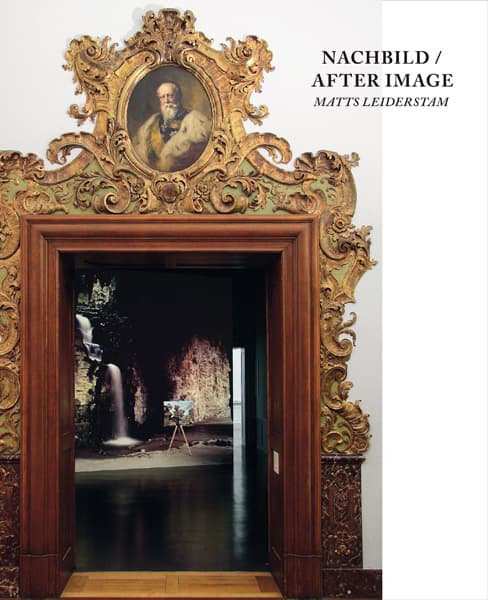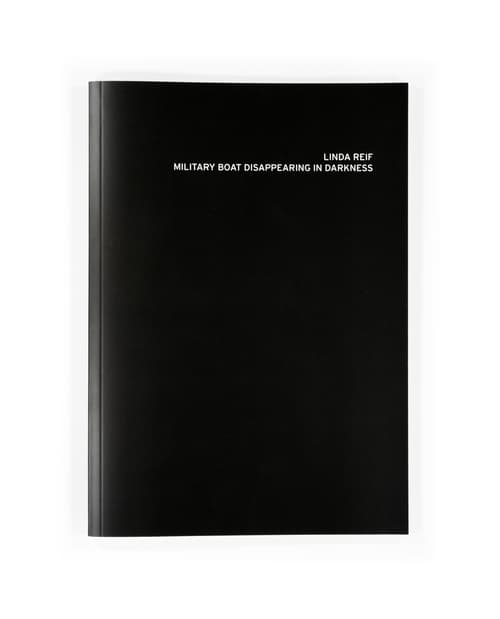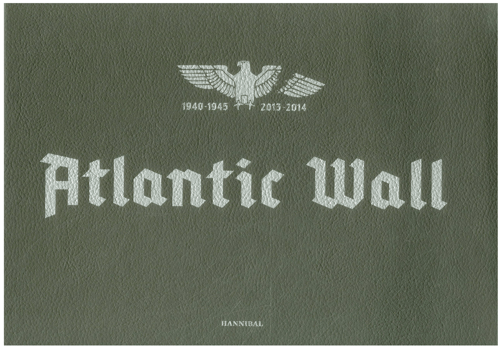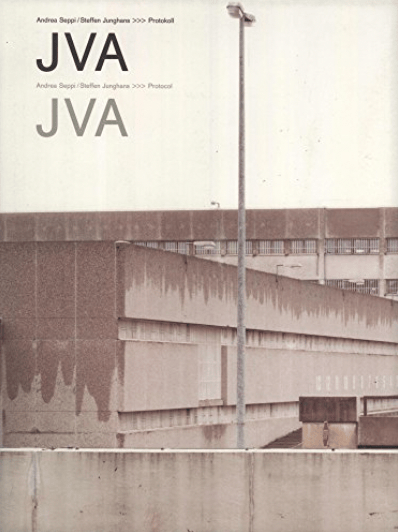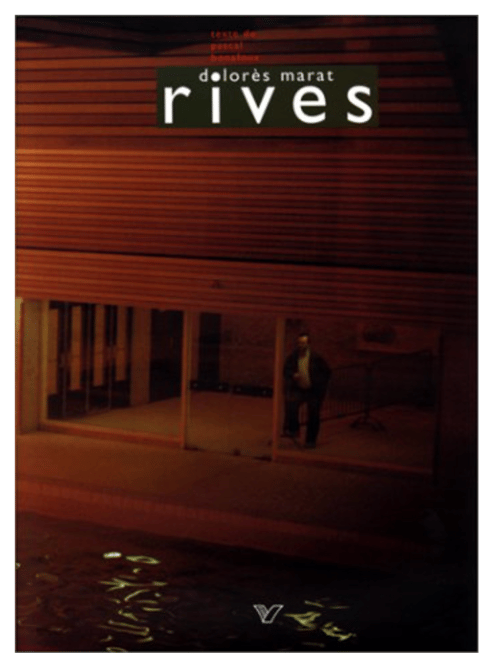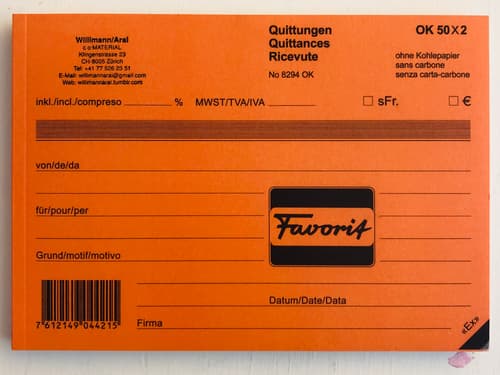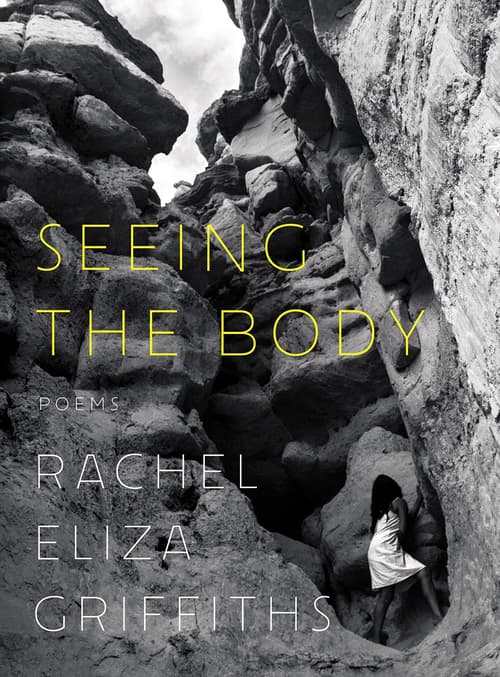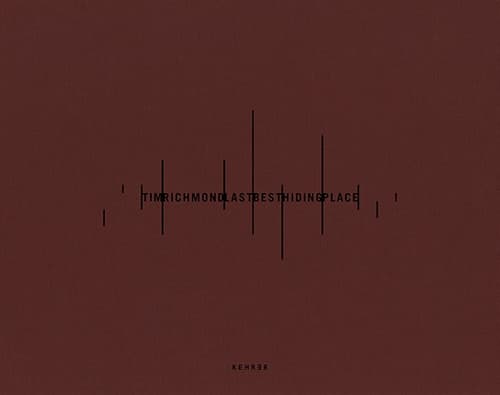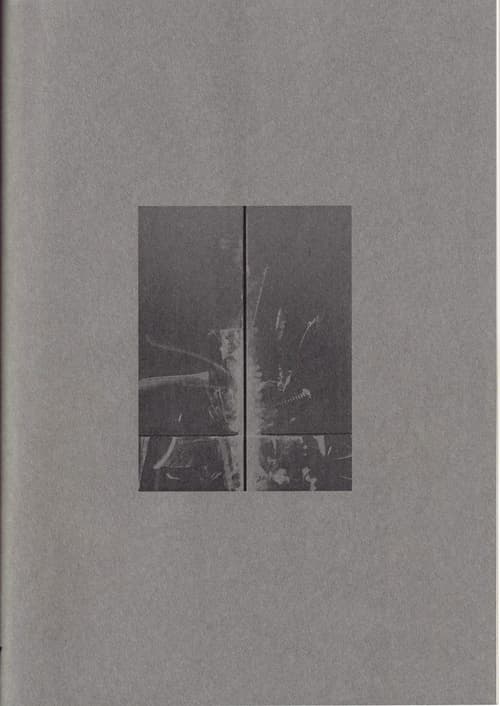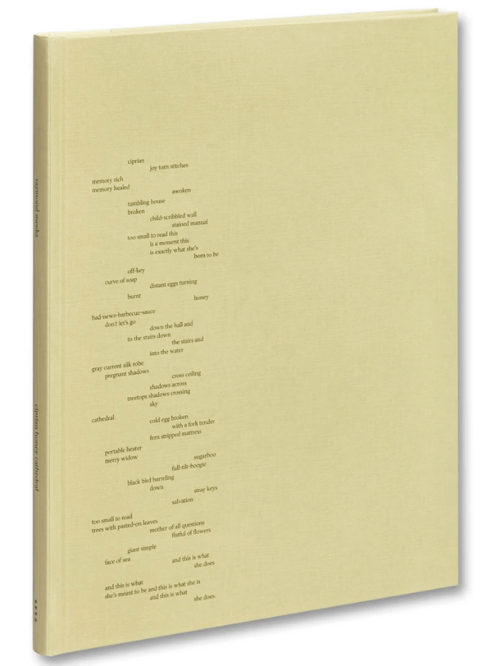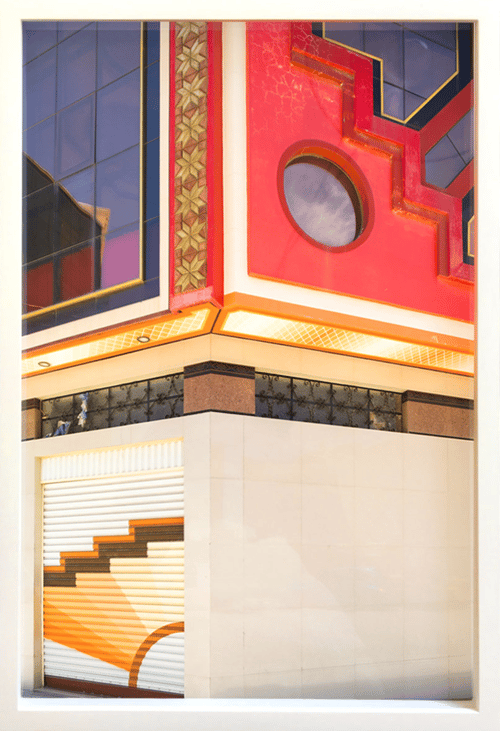Notes
Bunker, Erinnerungskulturen, Atlantikwall
Publisher Note english german
As secured military installations bunkers are meant to provide protection or to act as combat units. During the Second World War, the bunkers built by national socialists - including the fortifications on the Atlantic Wall - were meant to secure military successes. In addition to these functional aspects, the term "bunker" opens up a long way larger field of connotations and semantics. This book gathers contributions from Philosophy, architecture, media, history, arts and cultural studies as well from the art itself. Central to this is the role of historic bunkers as places of remembrance is the bunker 'Valentin' in Bremen-Farge. Planned by the Nazis and built by forced laborers, the bunker is today a memorial site in political education as well as social and cultural exchange. This book refers to present and future abstract as well as concrete Bunkerphantasies, about the mechanisms digital foreclosure in China or life-world phenomena of "bunkering", such as they are familiar in the prepper scene.
Contributions by Fanny Gonella, Cyprien Gaillard, Toni Hildebrandt, Magali Lefebvre, Taus Makhacheva, Katrin von Maltzahn, Dorit Margreiter, Gennaro Postiglione, Mykola Ridnyi, Cord Riechelmann, Natascha Sadr Haghighian, Mona Schieren, Sean Snyder, Christina Threuter, Christel Trouvé, Sylvie Ungauer, Viola Vahrson, Hajra Waheed, Wermke/Leinkauf, Mi You, curated by Franciska Zólyom
Bunker sind nach wie vor Orte höchst ambivalenter Erfahrung und Erinnerung. Schrecken, aber auch Faszination angesichts ihrer Monumentalität und der „rohen“ Architektur liegen nah beieinander. Sie sind für den Verteidigungsfall temporär gedacht, zugleich aber gebaut für die Ewigkeit, sollen die Zivilbevölkerung vor Angriffen von außen schützen, aber gleichzeitig auch Kampfstellungen befestigen. Die Publikation „Re: Bunker“ von Katrin von Maltzahn und Mona Schieren versammelt Beiträge aus Philosophie, Architektur, Medien-, Geschichts-, Kunst- und Kulturwissenschaften sowie aus der Kunst und liefert einen Dialog aus Forschung und Zukunftsszenarien.
Am Bunker ‚Valentin‘ etwa in Bremen-Farge zeigen sich die dem historischen Wandel unterworfenen Funktionen und Nutzungen genauso wie Prozesse von Aneignung und Umwidmung. Von den Nationalsozialisten geplant und unter dem massiven Einsatz von Zwangsarbeitern erbaut, ist der Bunker heute eine Gedenkstätte, in der politische Bildung sowie sozialer und kultureller Austausch stattfinden. Gleichwohl reflektiert dieses Buch – 80 Jahre nach Beginn des letzten Weltkrieges – die Prozesse, die mit Erinnerungsarbeit verbunden sind. Es verweist dabei auch auf Gegenwart und Zukunft abstrakter wie konkreter Bunkerfantasien, etwa die Mechanismen digitaler Abschottung in China oder lebensweltliche Phänomene des „Einbunkerns“, wie sie etwa in der Prepper-Szene geläufig sind.
Mit Beiträgen von u.a.: Fanny Gonella, Cyprien Gaillard, Toni Hildebrandt, Magali Lefebvre, , Taus Makhacheva, Katrin von Maltzahn, Dorit Margreiter, Gennaro Postiglione, Mykola Ridnyi, Cord Riechelmann, Natascha Sadr Haghighian, Mona Schieren, Sean Snyder, Christina Threuter, Christel Trouvé, Sylvie Ungauer, Viola Vahrson, Hajra Waheed, Wermke/Leinkauf, Mi You, kuratiert von Franciska Zólyom
As secured military installations bunkers are meant to provide protection or to act as combat units. During the Second World War, the bunkers built by national socialists - including the fortifications on the Atlantic Wall - were meant to secure military successes. In addition to these functional aspects, the term "bunker" opens up a long way larger field of connotations and semantics. This book gathers contributions from
Philosophy, architecture, media, history, arts and cultural studies as well
from the art itself. Central to this is the role of historic bunkers as places of remembrance is the bunker 'Valentin' in Bremen-Farge. Planned by the Nazis and built by forced laborers, the bunker is today a memorial site in political education as well as social and cultural exchange. This book refers to present and future abstract as well as concrete Bunkerphantasies, about the mechanisms digital foreclosure in China or life-world phenomena of "bunkering", such as they are familiar in the prepper scene.
ISBN 978-3-942700-94-8
RE:Bunker
— Erinnerungskulturen, Analogien, Technoide Mentalitäten
edited by Hochschule für Künste, Bremen, Katrin von Maltzahn, Mona Schieren
| Publisher | |
|---|---|
| Release Place | Berlin, Berlin, Germany |
| Edition | 1st edition |
| Release Date | 9th February 2019 |
| Credits |
Writer:
Designer:
|
| Identifiers |
ISBN-13:
978-3-942700-94-8
|
| Original Price | 28.00 EUR |
| Availability | Available |
| Work | |
|---|---|
| Topics | Atlantic Wall, Bunker Architecture |
| Themes | History, Politics, Architecture |
| Methods | Installation, Photography |
| References | Paul Virilio |
| Language | German |
| Object | |
|---|---|
| Dimensions | 18.0 × 24.5 cm |
| Interior | |
|---|---|
| Pages | 256 |
| Exterior |
|---|
